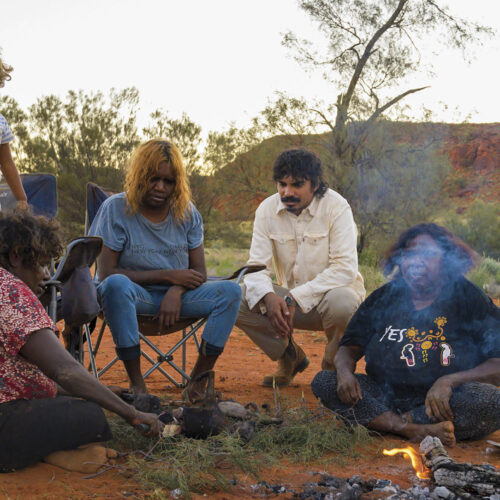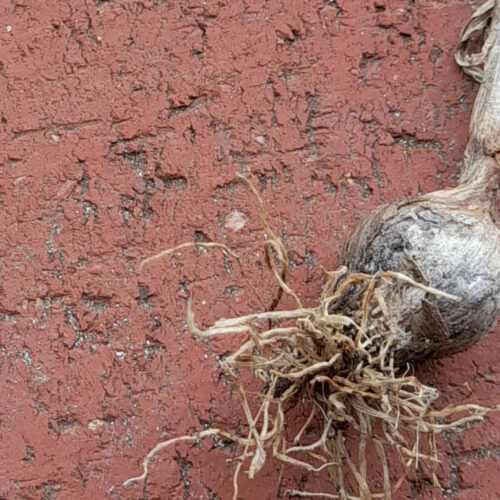How to grow the three sisters: part 4
2011-03-20T06:12:38+11:00
The eldest sister, sweetcorn, is stealing the limelight from the snake beans and watermelon in SIMON WEBSTER's three sisters experiment.
It’s true: home-grown sweetcorn, freshly picked, is so delicious it’s a wonder it’s legal. The corn I planted as part of my three sisters experiment is so sweet I can barely write about it without bursting into tears of joy, running outside and prostrating myself among the corn stalks in thanks for their bounty.
This, however, would not do much good for the young watermelons that are coming on below.
The two younger sisters in my experiment – snake beans and watermelon – are lagging a bit behind the corn but they are doing their best to catch up.
According to this article, from which I took the planting plan, I was supposed to sow the melon and bean seeds when the corn was four inches (10cm) high. In reality it was more like 40cm high, which may explain why the little ‘uns have found it hard to fulfil their potential in the shadow of big sister.
Nonetheless, there is fruit on the vines and the snake beans are doing their best to clamber upwards. I haven’t given up on the two younger sisters yet. Hopefully they are just late developers.
The pic shows watermelon with corn in the background. You might be able to make out beans climbing up the corn stalks. Those discoloured corn leaves would appear to indicate potassium deficiency, according to this site, an opinion shared by my expert co-blogger Phil Dudman. Having made such a specific diagnosis I suppose I should have applied sulphate of potash to remedy the situation, but instead I’ve chucked down a bit of complete organic fertiliser to help everything along.
Something else to note is that I controlled the dreaded corn earworm by squishing the caterpillars when I saw them and spraying twice as the cobs were forming with a product containing spinosad, an organically approved insecticide derived from bacteria. It worked.
Photo: SIMON WEBSTER





